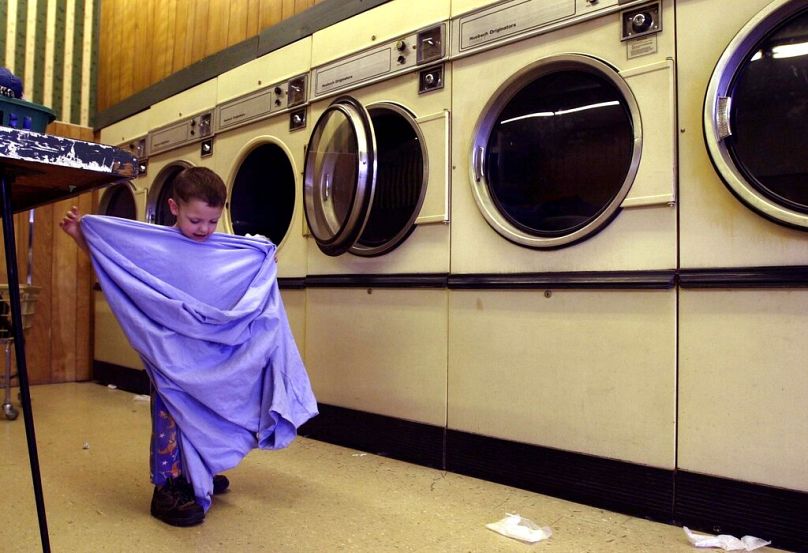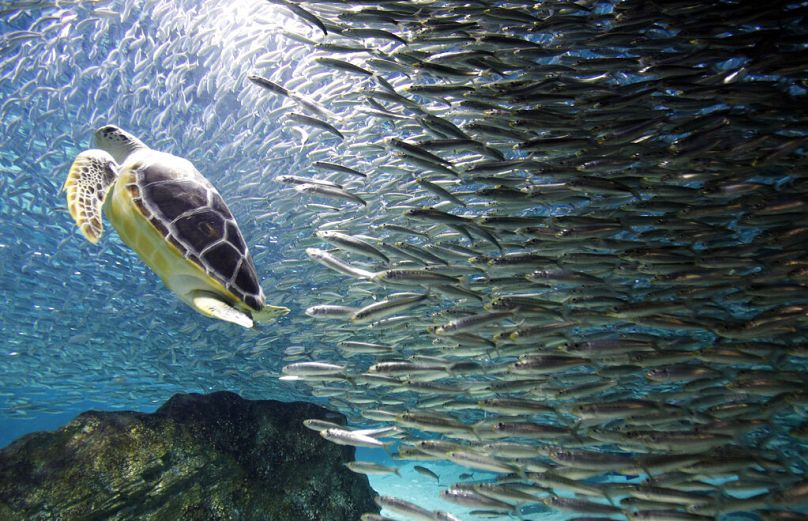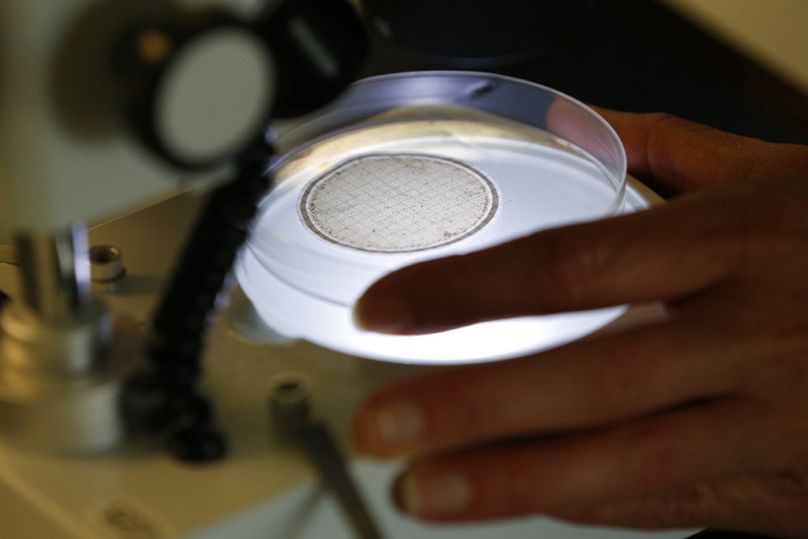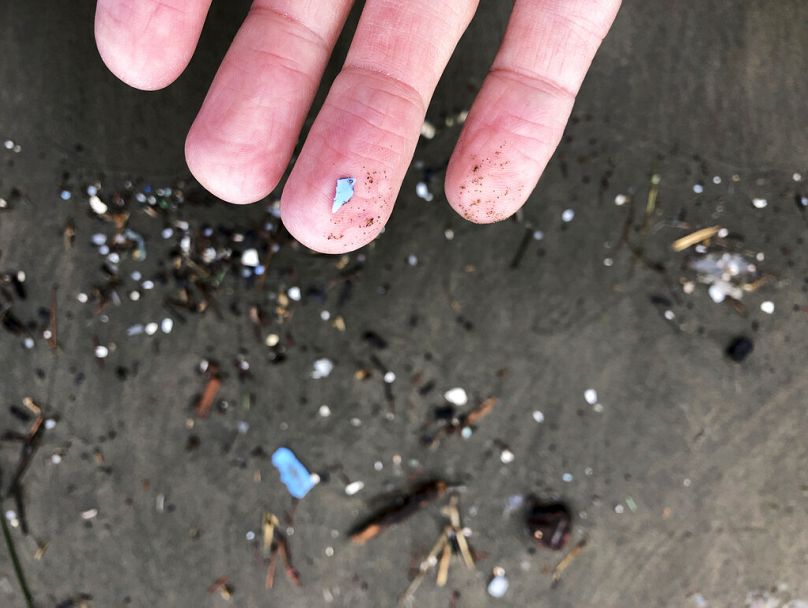When it comes to fashion, we need to stop the radioactive fallout caused by our own ingenuity before it’s too late, Shelley Rogers writes.
This summer people rushed to see the movie Oppenheimer, a portrait of the inventor of the atomic bomb.
On the one hand, it reminded the viewers of the fact that humankind’s genius is to continually advance the boundaries of science and technology and invent new ways to defend ourselves, lengthen lives, and improve communication and convenience — in short, change things for the better.
The atomic bomb ended World War II and, the usual argument goes, many lives were saved as a result.
At the same time, the device was used to destroy Hiroshima and Nagasaki, horrifically killing and injuring many thousands of people. It also ushered in the nuclear age, the existential threat we see ever looming on the horizon.
But the ultimate question is: how often have we invented things without really considering the future and how lethal they might ultimately prove to be? Even those that seem quite harmless — at first.
Every time we wash our clothes, we are dumping tonnes of fibres into our oceans
For example, clothes made of plastic. Introduced to the public in 1951, one of the selling points of polyester clothes was that they could be worn for 68 days straight without any care at all and still look fresh.
No one foresaw that it would prove so inexpensive to make that it would one day be drastically overproduced or what the consequences of the material itself would be.
Today, 69% of the fabrics we wear are made of oil-based plastics: polyester’s chemical name is polyethylene terephthalate, acrylics are polyurethane, nylon is polyhexamethylene adipamide, and spandex is a polyether-polyurea copolymer.
But with the explosive growth and ever-enlarging volume of clothing manufactured since the early 2000s — 100 billion garments annually, with the production of polyester fibre projected to exceed 92 million tonnes in the next 10 years, an increase of 47% — it’s actually clothing’s tiniest fractions that are the most insidious.
Every time we wash our clothes, thousands of tiny particles of fabric (5 mm or less in length) are discharged into the water.
Globally, 500,000 tonnes of these microfibres are deposited in oceans every year from our washing machines. Of the 171 trillion microplastics floating in oceans, the microfibers from clothing are responsible for 35%.
If the bottom of the food chain suffers, we suffer too
While we are familiar with the image of a sea turtle choking on plastic bags or dead fish snared in nylon drift nets, we are less familiar with the role microfibers play in the rest of the marine world.
Once in oceans and seas, they get trapped in the guts of zooplankton, bivalves, crustaceans, and coral polyps — the myriad essential aquatic life forms at the bottom of the food pyramid that affect the entire chain.
Studies point to the accumulation of these fibres in marine life affecting feeding and growth, causing genetic damage, oxidative stress, impacts on behaviour, reducing fertility and reproduction and mortality.
Added to the dilemma are the toxic chemicals microfibres are coated with: the azo dyes and the formulations to make clothes wrinkle-free, stain-resistant, and water-repellant such as toxic fluorinated compounds (PFCs), BPA, and phthalates.
It only gets worse
Worse, microfibres are also vectors for free-floating toxic chemicals in the ocean that readily attach to microfibres such as POPs, persistent organic pollutants, including DDT and polychlorinated biphenyls (PCBs) — as well as heavy metals such as mercury, lead and cadmium.
Municipal Wastewater Treatment Plants (WWTP) trap many microfibres in “bio-solid” sludge and these solids are transferred to agricultural lands where they are used as fertiliser.
There, evidence shows that microfibres and the toxic chemicals they carry can adversely impact terrestrial ecosystems, drawing water away from plants, harming soil biota, rooting ability, soil nutrient cycling — and on and on.
In March 2022, scientists at the Free University in Amsterdam discovered that the microfibres known to exist in our body (deep in our lungs, our intestines where they appear to cause inflammation, in our hearts, in placentas and breast milk), are also in our bloodstreams.
What kind of damage are we doing to ourselves?
Now we’re scrambling. Although relatively few scientific papers were written following the first study on microplastics and health in 2009 — in the last few years there have been hundreds.
Hopefully, they will answer the questions: do microfibres pass the brain barrier in babies? Do white blood cells attack them and cause chronic inflammation? Do they contribute to cardiovascular disease by attaching to red blood cells, or affect fertility? What is it exactly that they do?
The microplastics shed from our clothes and the “forever chemicals” they carry cannot be reclaimed, but there is hope.
In France, a law passed in 2020 has made it mandatory that all new washing machines have a microfiltration device installed by 2025.
If AB 1628 is passed, California will follow suit and all washing machines will have microfilters installed by 2029. The idea is in development in other states.
Gargantuan fallout of our own ingenuity must be stopped
There is no question that all domestic and industrial washing machines must have microfibre filters installed.
These filters have been estimated to capture upward of 90% of microfibres from our clothing, thereby dramatically reducing microfibres sent to WWTP and thence the world.
Filters are not the only answer — the industry must redesign clothes to prevent fibre shedding in the first place; we need to label garments to reflect how much they shed and how to prevent that, educating the consumer.
We also need to pass laws such as The Fashion Act in New York that seek to regulate fast fashion’s vast overproduction and consumption and its gargantuan waste.
But before it’s too late, when it comes to fashion, we need to stop the radioactive fallout caused by our own ingenuity.
Shelley Rogers is Fashion Director at EARTHDAY.ORG, the global organiser of Earth Day and the largest recruiter of the environmental movement worldwide.
At Euronews, we believe all views matter. Contact us at view@euronews.com to send pitches or submissions and be part of the conversation.















